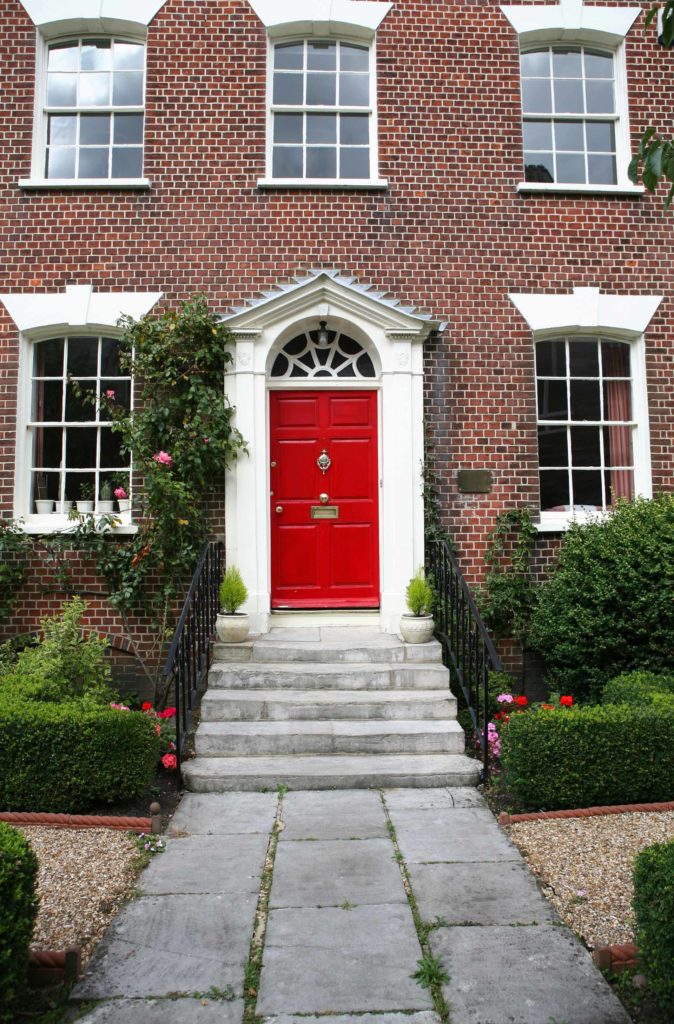Nationwide has revealed that the average price of a home in
the UK now stands at £214,946. And
average yearly growth remains below 1% for six months straight.
Robert Gardner, Nationwide’s Chief Economist,
comments: “Annual house price growth remained below 1% for the sixth month in a
row in May, at 0.6%.
Survey data suggests that new buyer enquiries and consumer
confidence have remained subdued in recent months. Nevertheless, indicators of
housing market activity, such as the number of property transactions and the
number of mortgages approved for house purchase, have remained broadly stable.
Housing market trends are likely to continue to mirror
developments in the broader economy. While healthy labour market conditions and
low borrowing costs will provide underlying support, uncertainty is likely to
continue to act as a drag on sentiment and activity, with price growth and
transaction levels remaining close to current levels over the coming months.
Deposit barrier key
for many potential buyers
“First time buyer numbers have continued their steady
recovery in recent quarters, reaching 359,000 in the twelve months to March,
just 10% below 2006 peaks. The trend is partly due to robust labour market
conditions, with employment rising at a healthy rate, and earnings growth
slowly gathering momentum.
“Low borrowing costs have also provided important ongoing
support. Even though house prices remain high relative to average incomes, the
cost of servicing the typical mortgage as a share of take home pay has remained
close to or below long run averages in most parts of the country.
“The main exception is in London, where a period of rapid
house price growth in the three years to 2015 means that monthly mortgage
payments would also be unaffordable for a large proportion of the local
population.
“Outside of London and the South East, raising a deposit
appears to be the main challenge for most prospective first time buyers. The
chart below shows the average time it would take someone earning the typical
wage in each region setting aside 15% of their take home pay each month to save
a 20% deposit to buy the typical first time buyer property.
“Even in Scotland and the North, where property appears most
affordable, it would still take someone earning the average wage and saving 15%
of their take home pay each month more than five years to save a 20% deposit.
In Wales and Northern Ireland, it would take prospective buyers nearly 2 seven
years, and almost eight for people living in the Midlands.
“Reflecting the trend in overall house prices, the deposit
challenge is most daunting in the South of England, where it would take an
average earner a decade or more to amass a 20% deposit.
“Again, the pressures
are most acute in the capital, where someone earning an average income would
take more than 15 years to save a 20% deposit on the typical London property
(even longer than was the case before the financial crisis when it would have
taken over ten years)”.
Read more







